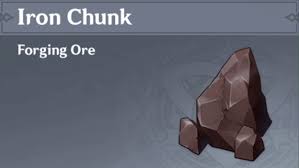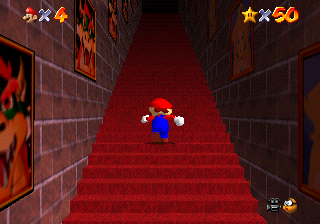Periodic Table Trends + Electrons (incomplete)
5.0(1)
5.0(1)
Card Sorting
1/19
Study Analytics
Name | Mastery | Learn | Test | Matching | Spaced |
|---|
No study sessions yet.
20 Terms
1
New cards
Group
A vertical column on the Periodic Table.
2
New cards
Period
A horizontal column on the Periodic Table.
3
New cards
Metals
Metals are elements that are good conductors of electricity, malleable (can be made thin without breaking), and ductile (can be made into wires). Forms cations by loosing electrons.

4
New cards
Metalloids
Metalloids are elements that border the “red staircase” between metals and nonmetals and have some properties of both.

5
New cards
Nonmetals
Nonmetals are elements that do not have any properties of metals, they are poor conductors of electricity, have low melting points, and can be brittle. Forms anions by gaining electrons.

6
New cards
Noble Gasses
Nonmetals found in group 18 of the Periodic Table. Usually do not interact with other elements, “nobility”

7
New cards
Alkali Metals
Metals found in group 1 of the Periodic Table. Highly reactive.
8
New cards
Alkaline Earth Metals
Metals found in group 2 of the Periodic Table. Slightly less reactive than Alkali metals.
9
New cards
Halogens
Nonmetals found in group 17 of the Periodic Table. Very reactive and toxic. Produces salts when combined with metals.

10
New cards
John Newland- Law of Octaves
Elements are arranged in order of their atomic mass, the 8th element resembles the 1st in physical and chemical properties.
11
New cards
Dmitri Mendeleev
Created the first periodic table according to atomic mass and similar properties.
12
New cards
Henry Moseley
Ordered the periodic table by atomic number
13
New cards
Periodic Law
The repeating physical and chemical properties of elements change periodically with their atomic number.
14
New cards
Valence Electrons
The number of electrons on the outermost energy levels of an atom. Can be found by looking at the group number of an element’s ones place ( except metals! ).
15
New cards
Cation
An ion with a positive charge (cat-tions, cats have paws- itve)

16
New cards
Anion
An ion with a negative charge (anit-ion, anti is to be against something, negative)
17
New cards
Transition Metals
All metals in the d level block (middle of periodic table ! )
18
New cards
Electron Sheilding
The outermost electrons (valence electrons) are shielded from the nucleus’ pull by the electrons between them. Electrons with less of a pull by the nucleus are easier to take, so ions are more easily formed.

19
New cards
Atomic Radius
The size of an atom, electrons take up most of the space. Increases up and down, decreases left to right.
20
New cards
Electron Affinity
The energy change that occurs when a neutral atom gains an electron